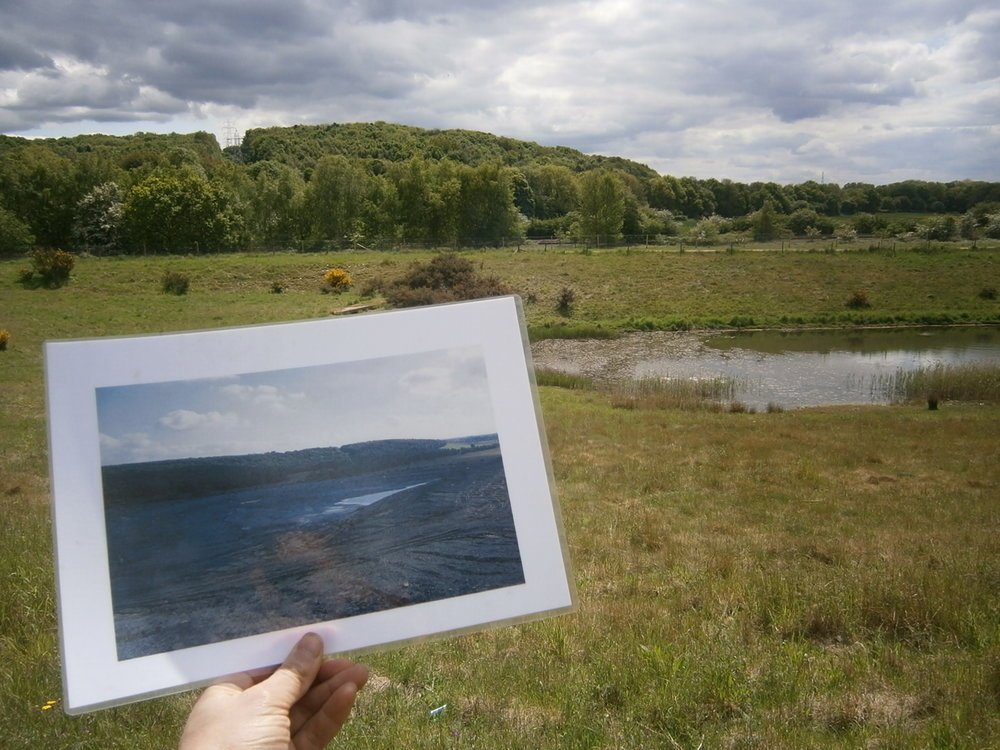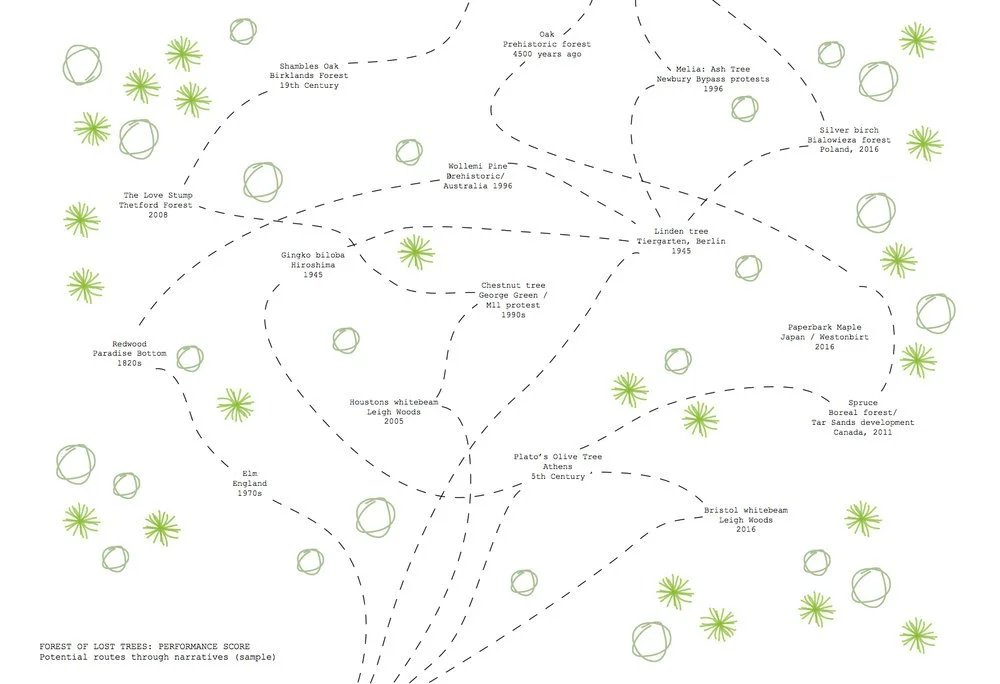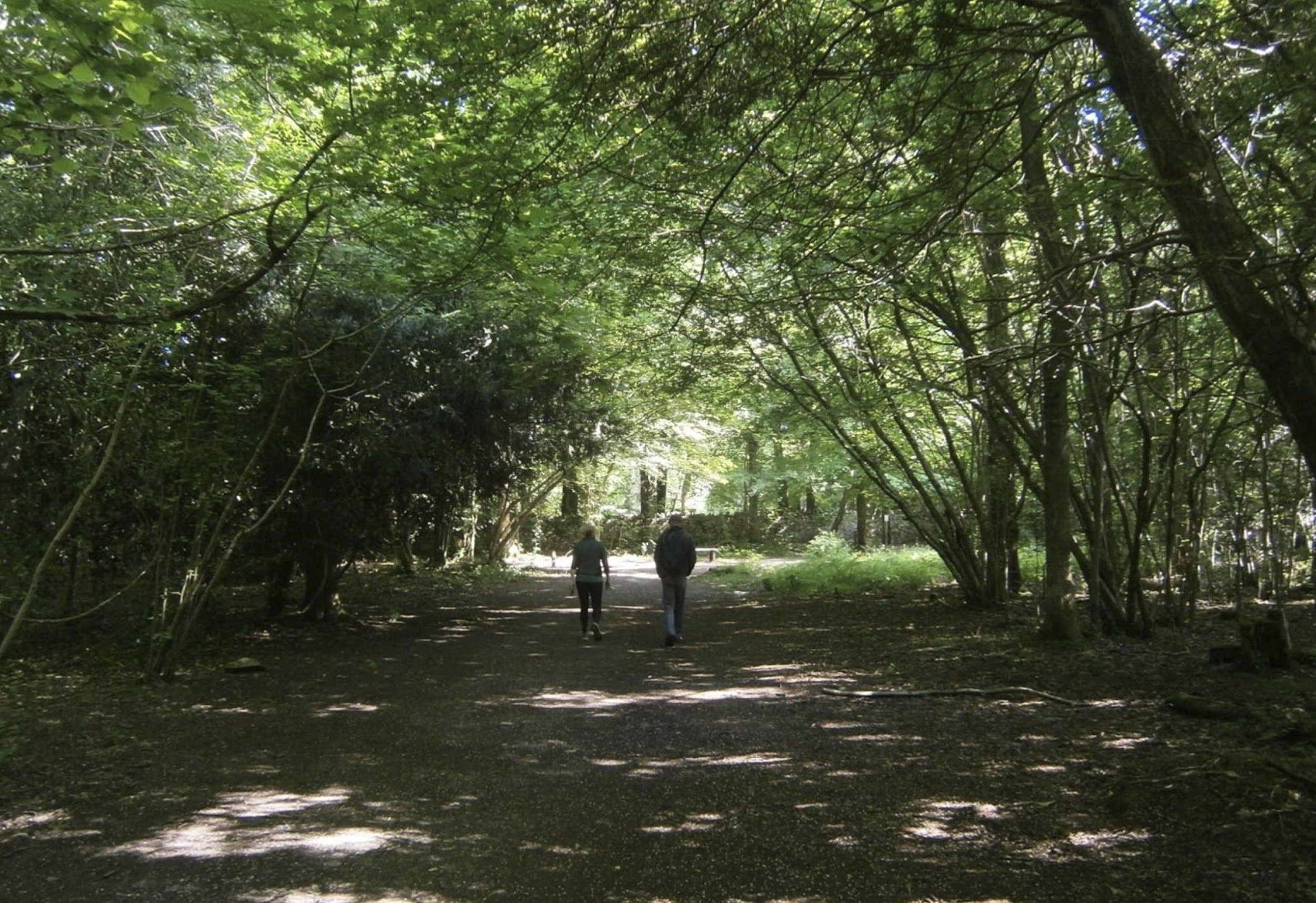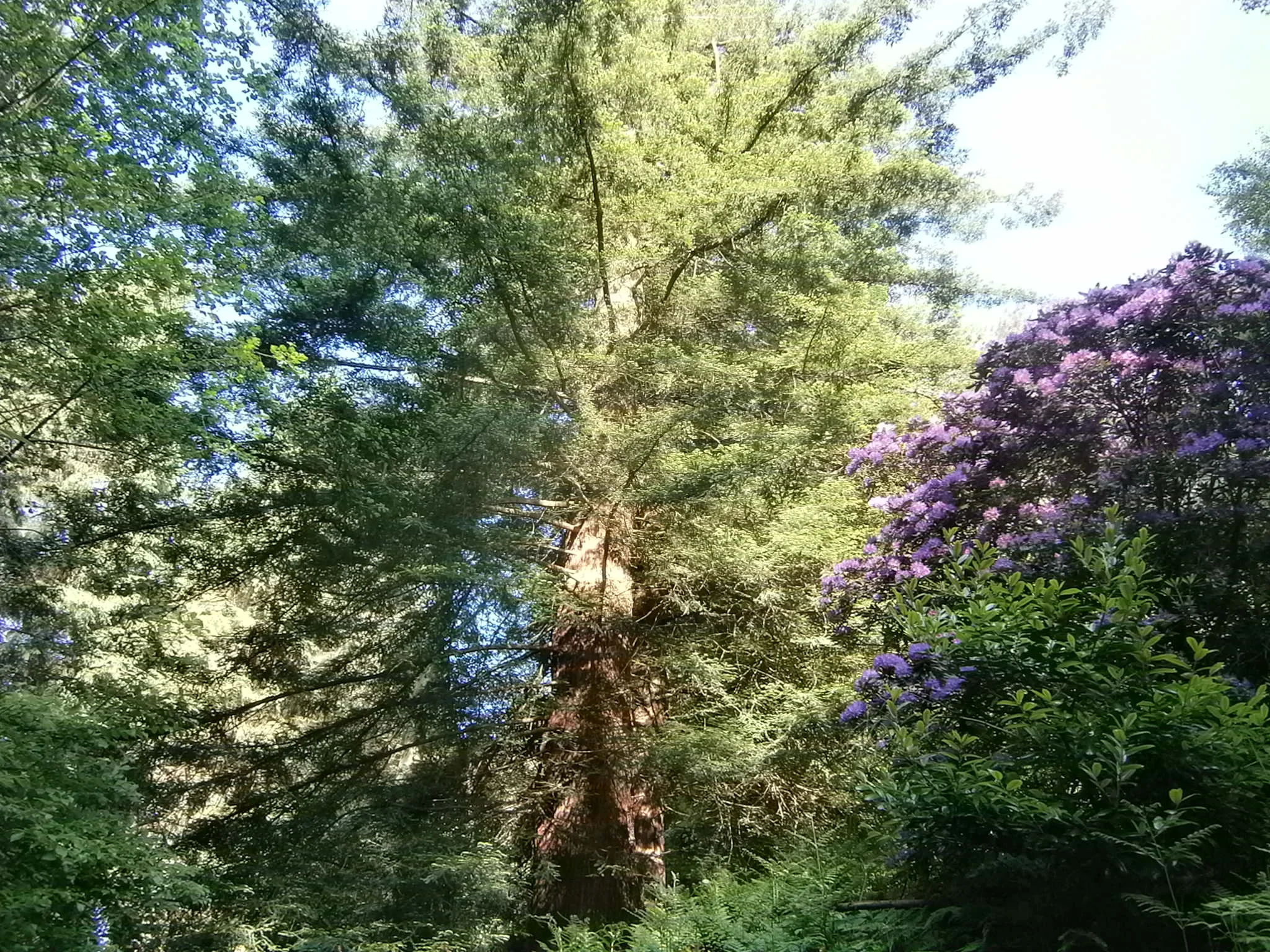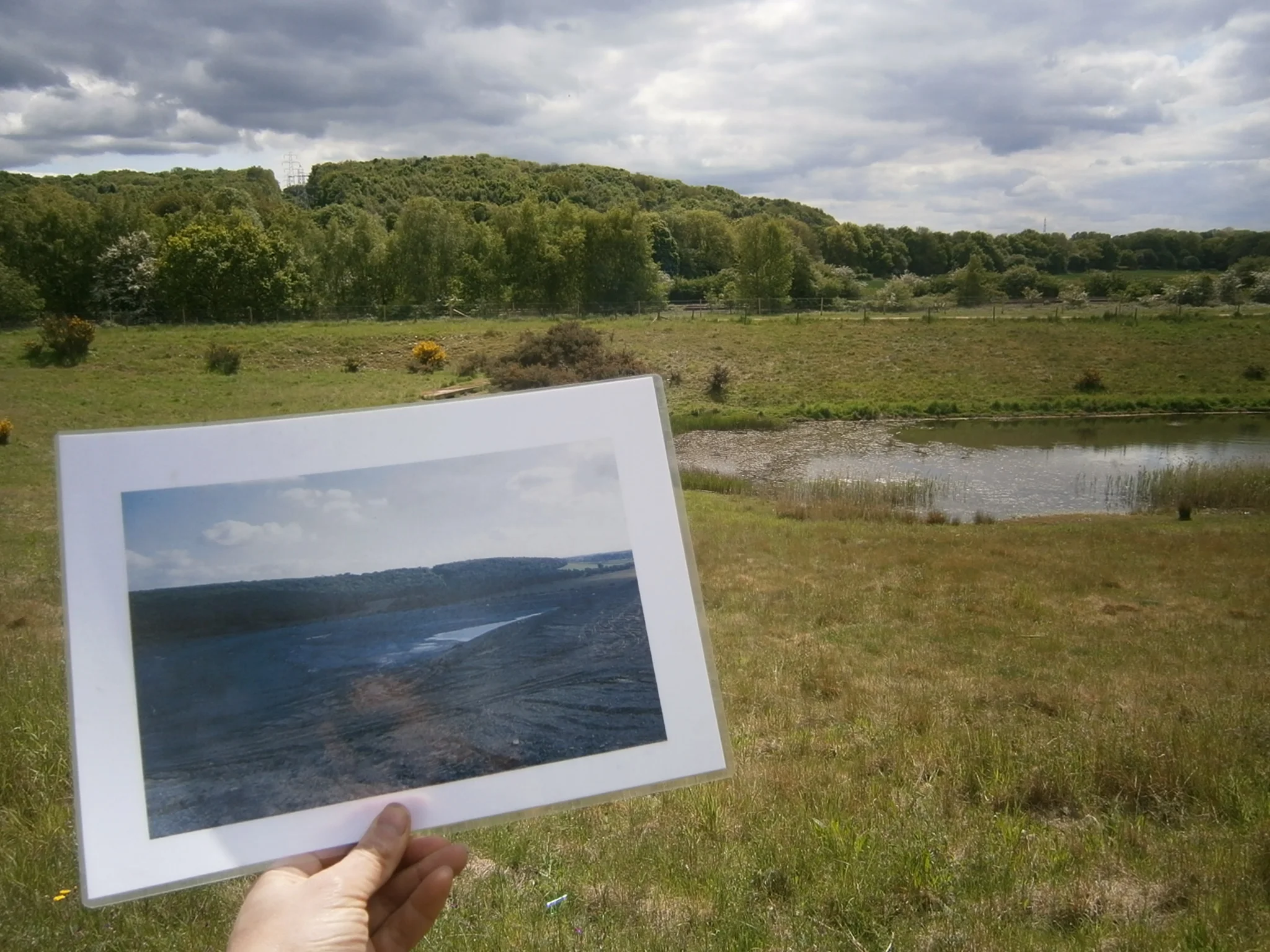Jerwood Open Forest, 2016
Forests outlive us. They bear witness to our lives. We often plant trees to remember people we have lost; this artwork would bring multiple voices into the forest to lament or remember lost trees.
In April 2016 I was selected as one of 5 shortlisted artists for Jerwood Open Forest. I developed a proposal for a large-scale outdoor performance, 'The Forest of Lost Trees' in response to research into Forestry Commission sites around the country, investigating the relationship between memory and landscape in personal, political and global spheres. The project explores the relationship between care and loss in changing landscapes: bringing together a collection of stories about ‘lost’ trees, developed through research rooted in specific forests. The stories open up connections between personal experiences of loss and wider themes such as deforestation, climate change, love, migration, colonisation, and collective memory. They extend out from local stories situated in the forests where the performance is located, to bring in global and historical narratives finding resonance between diverse people, places and forests.
Through the JOF supported R&D phase, I researched how The Forestry Commission was created in response to the massive depletion of Britain's forests during the First World War, and now cares for forests across the country. The origin of the English word 'care' has its roots in the ProtoGermanic karo “to lament," and Old Saxon karon "to care, to sorrow". The Forest of Lost Trees explores the idea that we need to understand the possibility of loss in order to care.
Alongside the proposed performance, I created an installation featuring a gathering of wood fired ceramic vessels - created for the Jerwood Open Forest exhibition (November-December 2016). Reminiscent of funerary pots - traditionally as tall as the longest bone in our bodies - the installation reflects on how we remember that which might be lost.
For this second edition of Jerwood Open Forest, artists from across the UK were once more invited to submit bold, broad-thinking proposals that explore the potential of forests as a site for art. The initiative contributes to a national conversation about how contemporary visual artists engage with the environment today, and debates around critical practice and art in the public realm.

